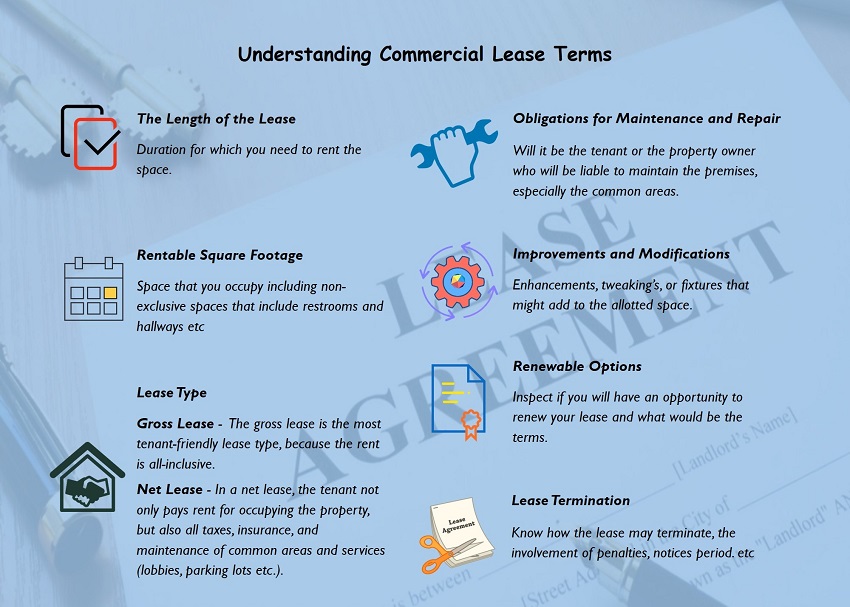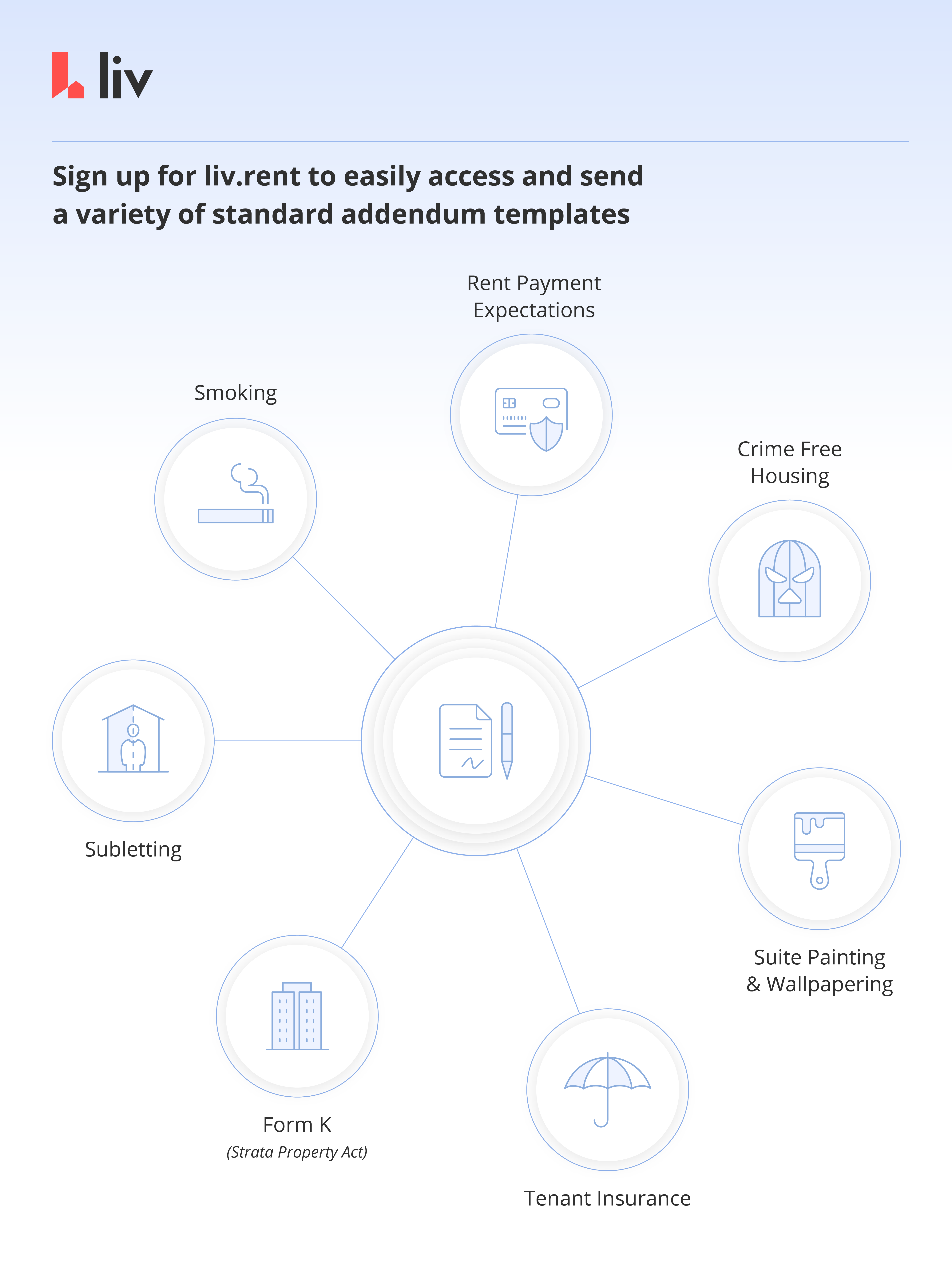Lease renewals
Lease Penalties: Navigating Consequences for Breach

Understanding the Implications: Lease Penalties Unveiled
Lease penalties can have significant consequences for tenants and landlords alike. It’s crucial to delve into the details of these penalties, comprehend their implications, and explore ways to navigate potential breaches while maintaining a healthy landlord-tenant relationship.
The Anatomy of Lease Penalties
Lease penalties encompass a range of consequences that may be imposed when a party breaches the terms of a lease agreement. These breaches could involve late rent payments, unauthorized modifications to the property, or other violations outlined in the lease. Understanding the specific penalties outlined in the agreement is vital for both tenants and landlords.
Late Rent Payments and Financial Penalties
One of the most common lease penalties revolves around late rent payments. Landlords often specify a grace period for rent payment, and exceeding this timeframe may result in financial penalties. Tenants should be aware of the exact terms related to late payments, including the amount of the penalty and any additional fees that may accrue over time.
Unauthorized Modifications and Property Damage
Lease agreements typically outline the conditions under which tenants can make modifications to the property. Unauthorized changes or damage to the property may incur penalties. It’s essential for tenants to seek approval before making alterations and to promptly address any damage to avoid penalties and maintain a positive rental history.
Navigating Eviction Threats: Serious Lease Violations
In severe cases, lease penalties may escalate to eviction threats. Serious lease violations, such as illegal activities on the premises or repeated breaches of lease terms, can lead to eviction proceedings. Tenants facing potential eviction should seek legal advice and explore options for resolution to avoid the lasting consequences of eviction on their rental history.
Communication Is Key: Avoiding Unnecessary Penalties
Open communication between tenants and landlords is a powerful tool in preventing unnecessary lease penalties. If tenants encounter difficulties meeting their obligations, such as paying rent on time, it’s crucial to communicate with the landlord proactively. Landlords, in turn, should provide clear channels for tenants to address concerns or seek clarification on lease terms.
Lease Renewals and Penalty Reassessments
During lease renewals, landlords may reassess and update lease penalties. It’s an opportunity to discuss any changes to the terms, including potential adjustments to penalties for late payments or other violations. Tenants should review these updates carefully and seek clarification on any concerns before committing to a lease renewal.
Legal Protections for Tenants: Know Your Rights
Tenants have legal rights that protect them from unjust or excessive lease penalties. Familiarizing oneself with tenant rights in the local jurisdiction is crucial. Legal recourse may be available if a landlord imposes penalties that go beyond what is legally permissible. Seeking legal advice can be instrumental in such situations.
Landlord’s Perspective: Enforcing Lease Compliance
From the landlord’s perspective, enforcing lease compliance is essential for maintaining the integrity of the rental agreement. Clear communication, proactive property management, and fair application of penalties contribute to a positive landlord-tenant relationship. Landlords should be well-versed in local rental regulations to
Lease Duration: Navigating Terms for Harmonious Agreements

Setting the Terms: A Deep Dive into Lease Duration
Lease duration, or the length of time a rental agreement spans, is a critical aspect of the tenant-landlord relationship. Understanding the nuances of lease duration is essential for both parties to establish clear expectations and foster a harmonious living arrangement.
Commencing the Lease: The Significance of Start Dates
The commencement of a lease marks the beginning of the agreed-upon lease duration. It’s the date when tenants officially gain possession of the property. This crucial starting point sets the timeline for various lease-related activities, including rent payments, maintenance responsibilities, and adherence to specific terms outlined in the lease agreement.
Short-Term vs. Long-Term Leases: Weighing Pros and Cons
Lease duration can vary significantly, ranging from short-term leases that span a few months to long-term agreements that last several years. Prospective tenants and landlords must carefully weigh the advantages and disadvantages of each option. Short-term leases offer flexibility, while long-term leases provide stability. The choice depends on the individual needs and circumstances of both parties.
Month-to-Month Leases: Flexibility and Adaptability
Month-to-month leases offer a high degree of flexibility for both tenants and landlords. This arrangement allows either party to terminate the lease with a relatively short notice period, providing adaptability for changing circumstances. However, it also introduces a level of uncertainty, making it important for all parties to communicate openly and effectively.
Fixed-Term Leases: Stability and Predictability
Fixed-term leases, on the other hand, provide stability and predictability. These leases specify a set duration, often spanning six months to a year or more. During this period, rent amounts, terms, and conditions typically remain unchanged. Fixed-term leases offer a sense of security for tenants, knowing they have a stable living arrangement for the agreed-upon duration.
Lease Renewals: Navigating the Continuity
As the end of a lease approaches, the option for lease renewal comes into play. Both tenants and landlords should communicate well in advance to discuss the possibility of renewing the lease, adjusting terms if necessary, and confirming the new lease duration. Lease renewals are an opportunity to continue a positive tenant-landlord relationship.
Understanding Notice Periods: Planning for Transitions
Whether for lease terminations or renewals, understanding notice periods is crucial. Notice periods stipulate the amount of advance notice required before making changes to the lease arrangement. This time allows both tenants and landlords to plan for transitions, whether it involves moving out or preparing the property for new occupants.
Lease Extensions: Adapting to Changing Circumstances
In some cases, tenants may require a lease extension due to unforeseen circumstances. Landlords, too, may find it beneficial to extend a lease for reliable tenants. Negotiating lease extensions involves discussing the desired duration, any potential changes to terms, and ensuring mutual agreement on the new lease terms.
Lease Duration and Rent Control: Compliance with Regulations
In certain jurisdictions, rent control regulations may impact lease duration and rental increases. Understanding local rent control laws is crucial for landlords to ensure compliance and for tenants to be aware of their rights. It
Enhancing Leases: The Power of Effective Addendums

Enhancing Leases: The Power of Effective Addendums
Lease agreements are foundational documents that govern the tenant-landlord relationship. While standard lease terms cover essential aspects, lease addendums play a crucial role in tailoring agreements to specific needs, addressing contingencies, and providing additional clarity.
Defining Lease Addendums
Lease addendums are supplemental documents that modify or add to the terms of an existing lease agreement. They serve as legal and binding components that both parties—tenants and landlords—agree upon to address specific situations or requirements not covered comprehensively in the original lease.
Customizing Lease Terms for Specific Needs
One primary advantage of lease addendums is their ability to customize lease terms for specific needs. Whether it’s a unique provision related to property use, pet policies, or other specific arrangements, addendums allow landlords and tenants to tailor the lease to their particular requirements.
Addressing Pet Policies and Accommodations
Pet policies are common subjects addressed through lease addendums. Landlords may use addendums to specify rules regarding pet types, sizes, and any associated fees. Likewise, tenants with service animals may include addendums to ensure proper accommodations are documented within the lease agreement.
Catering to Property Modifications
Lease addendums are valuable when tenants seek approval for property modifications beyond routine maintenance. Whether it’s installing additional fixtures or making structural changes, a well-crafted addendum ensures both parties are on the same page regarding alterations and responsibilities.
Handling Rent Adjustments and Renewals
Rent adjustments and lease renewals often involve detailed terms and conditions. Instead of creating an entirely new lease, addendums can efficiently address changes in rental amounts, renewal terms, and any associated modifications while keeping the core lease intact.
Addressing Lease Termination Conditions
Lease termination conditions may vary based on unforeseen circumstances or specific arrangements between landlords and tenants. Addendums are instrumental in outlining the terms and procedures for early termination, providing clarity and mitigating potential disputes.
Ensuring Legal Compliance and Clarity
Lease addendums contribute to legal compliance by clearly articulating any additional terms in a way that aligns with existing lease agreements. This clarity minimizes the risk of misunderstandings and provides a solid legal foundation for both parties.
Navigating Shared Spaces and Responsibilities
In situations where common areas or shared spaces are part of the leased property, addendums can outline responsibilities and expectations. This is particularly relevant in multi-unit buildings or shared living arrangements where clear guidelines contribute to harmonious cohabitation.
Transparent Communication and Agreement
Transparent communication is vital in lease agreements. Addendums foster a transparent process where both parties have the opportunity to discuss and agree upon additional terms. This collaborative approach strengthens the tenant-landlord relationship and minimizes misunderstandings.
Documenting Changes for Future Reference
Lease addendums serve as documented evidence of any changes or additional agreements made during the lease term. This documentation is valuable for both parties, offering a reference point in case of disputes and ensuring a comprehensive record of the evolving lease terms.
Exploring Additional Resources for Lease Addendums
For a deeper understanding of lease addendums and how they can enhance lease agreements, consider
